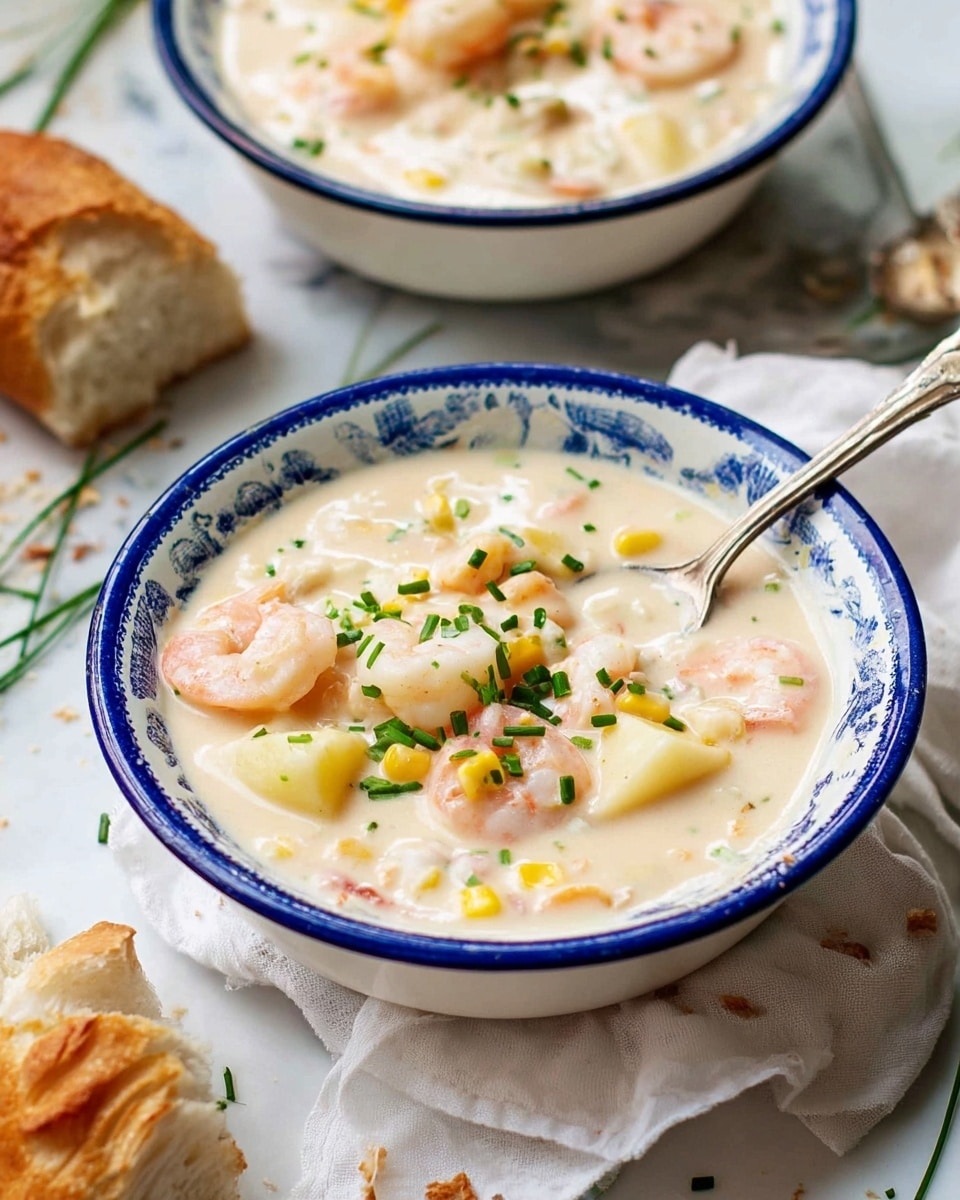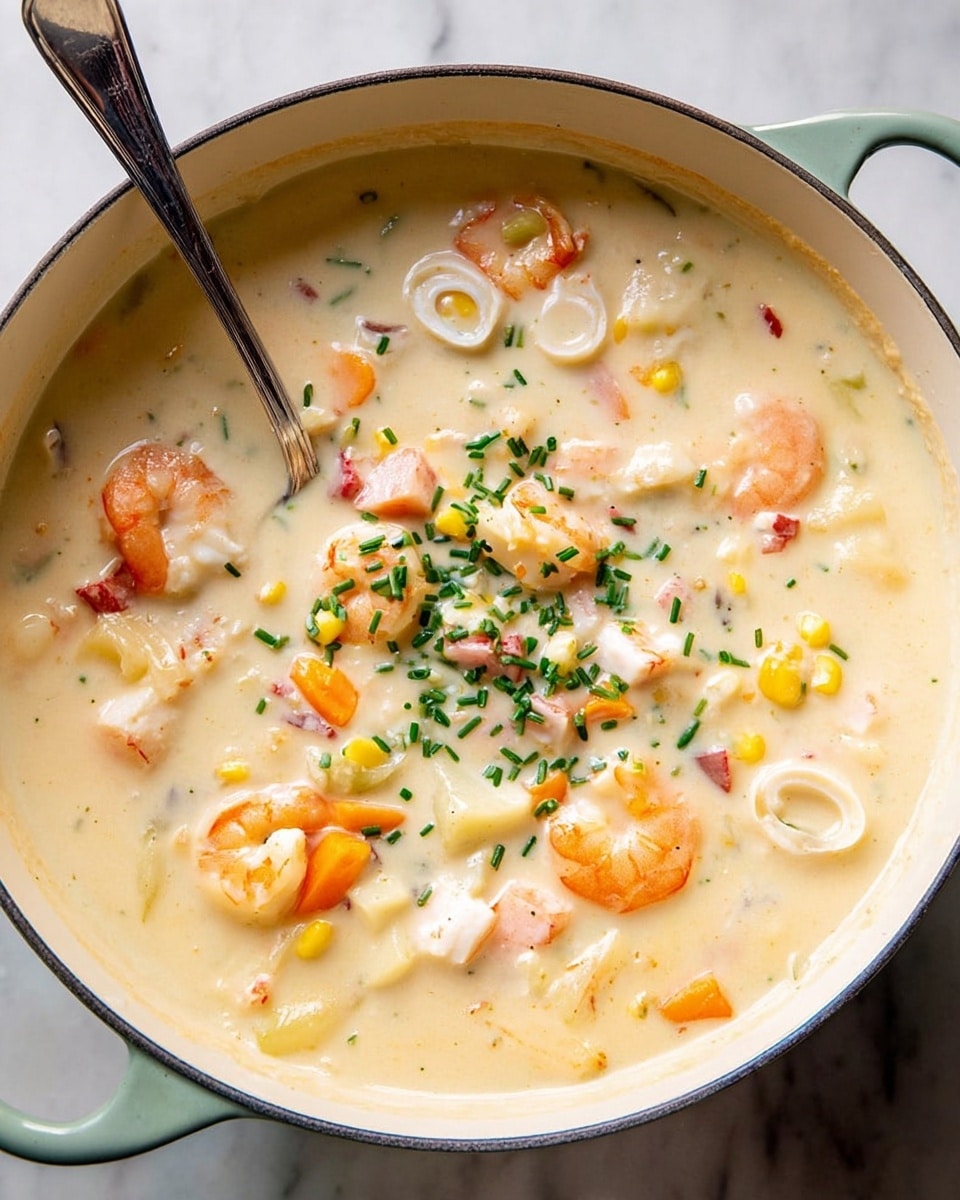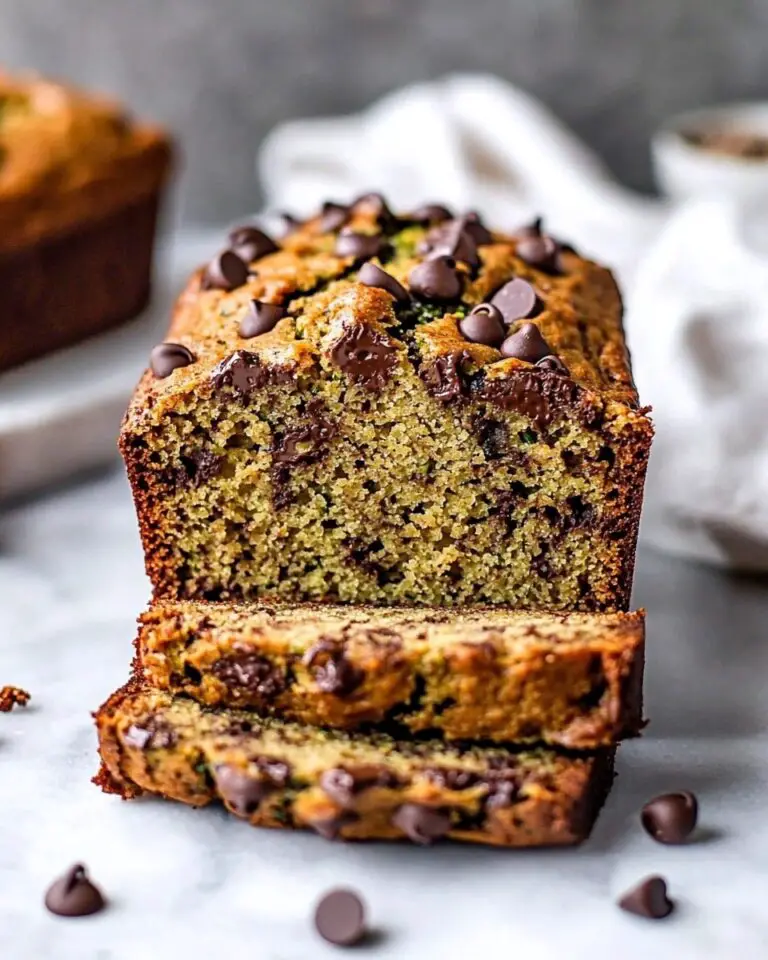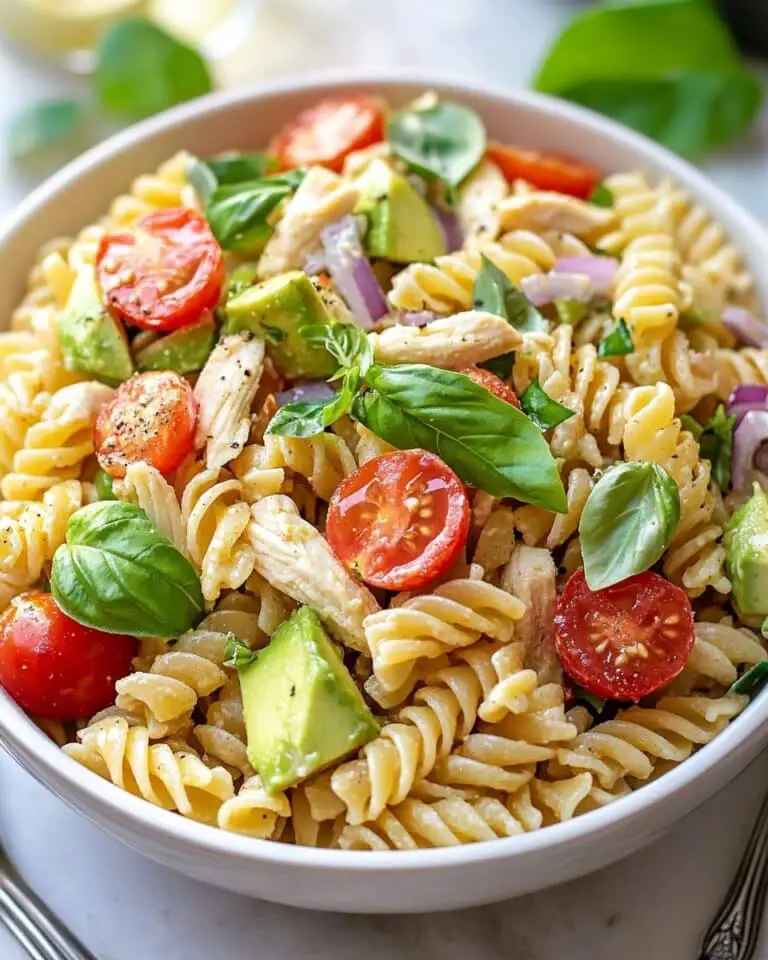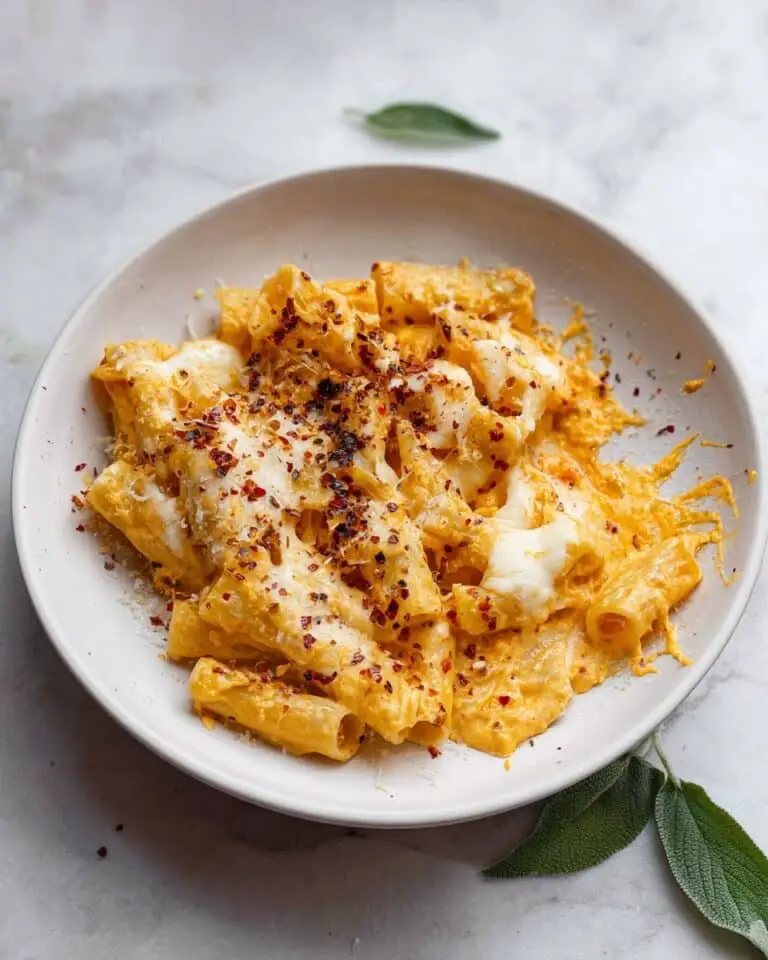I absolutely love this Seafood Chowder Recipe because it’s like a warm hug on a chilly day—creamy, comforting, and packed with the freshest flavors from the sea. When I first made it, I was amazed at how simple ingredients could come together into such a satisfying dish that feels both elegant and homey. You’ll find this chowder perfect for a cozy family dinner or even impressing friends at a weekend gathering without spending all day in the kitchen.
What’s great about this recipe is how versatile it is—you can customize it with whatever seafood you can find, and it always turns out rich and delicious. Plus, it’s an excellent way to sneak in some healthy seafood while enjoying that creamy texture we all crave. Trust me, once you try this Seafood Chowder Recipe, it’ll become a go-to in your meal rotation.
Why You’ll Love This Recipe
- Quick & Easy: Ready in just 40 minutes, perfect for weeknight dinners.
- Versatile Seafood Mix: Use fresh or frozen seafood to suit your pantry and taste.
- Comforting Creaminess: The thickened cream makes it rich without being heavy.
- Great for Sharing: Feeds about 4 people and pairs beautifully with crusty bread.
Ingredients You’ll Need
Every ingredient in this Seafood Chowder Recipe plays a role in building that deep, comforting flavor — from the streaky bacon’s smokiness to the tender mix of seafood. When shopping, pick the freshest seafood you can find, and if possible, choose homemade or low-sodium stock to keep things balanced.
- Seafood marinara mix or mixed fresh seafood: Opt for a combination of fish, squid, prawns, and cooked mussel meat for variety and texture.
- Unsalted butter: Adds richness and lets you control the saltiness of the chowder.
- Streaky bacon: Brings a smoky depth; cutting into small squares helps it crisp evenly.
- Garlic: Freshly minced for fragrant flavor — don’t let it brown or it’ll turn bitter.
- Chardonnay or dry white wine (optional): I love how the wine brightens the base, but you can skip it if you prefer.
- Plain/all-purpose flour: Used for the roux to thicken the chowder; substitute with gluten-free flour if needed.
- Chicken stock or homemade fish stock: Low sodium is key — avoid store-bought fish stock as it can taste artificial.
- Carrots: Peeled and cut small; they add sweetness and color.
- Potatoes: Any firm type works; they give hearty body to the chowder.
- Thickened or heavy cream: For creamy richness; substitute with milk for a lighter chowder.
- Corn (frozen or canned): Adds a touch of natural sweetness and texture.
- Fish sauce: Just a little amplifies umami without overpowering.
- White pepper: Subtle heat that complements seafood perfectly — black pepper is fine too.
- Chives or parsley (for garnish): Fresh herbs add a lovely pop of color and freshness.
- Crusty bread or garlic bread (for serving): Essential for soaking up every last drop!
Variations
I like to play around with this Seafood Chowder Recipe depending on what I have on hand or the season—it’s an easy canvas for customization. Don’t be shy to try swapping out seafood or adjusting creaminess to suit your preference.
- Add a spicy kick: I sometimes toss in a pinch of smoked paprika or cayenne pepper for a subtle warmth my family loves.
- Make it dairy-free: Swap cream for coconut milk and use gluten-free flour to accommodate dietary needs without losing richness.
- Vegetable boost: Occasionally, I add celery or leeks for extra flavor layers—they blend in beautifully with the chowder.
- Seafood substitutions: If fresh seafood isn’t available, frozen shrimp and scallops work great, just adjust cooking times slightly.
How to Make Seafood Chowder Recipe
Step 1: Prep and Separate Your Seafood
Start by sorting your seafood mix—separate any cooked pieces like mussel meat or cooked prawns from the raw ones. Cutting fish into uniform 1-inch cubes helps it cook evenly and prevents overcooking. This little prep step ensures your chowder ends up with perfectly tender seafood instead of rubbery bits.
Step 2: Cook the Bacon and Build Flavor
In a heavy pot, melt the butter over medium heat and add the chopped streaky bacon. Cook it for about 3 to 4 minutes until edges are golden and crispy, then use a slotted spoon to remove the bacon, leaving the tasty fat behind. Those bacon bits and fat are flavor gold for your chowder base!
Step 3: Garlic, Wine, and Roux Magic
Quickly sauté the minced garlic for about 10 seconds—don’t let it brown or become bitter. Then pour in your white wine and turn the heat up so it simmers briskly for 3 minutes, scraping up all those caramelized bacon bits stuck to the pot. Once the wine’s mostly evaporated, reduce the heat and stir in the flour to make a roux. Cook it for about a minute, so the flour loses its raw taste.
Step 4: Add Stock and Simmer Veggies
Gradually whisk in about a cup of your stock to dissolve the roux into a smooth paste, then add the remaining stock. Bring the mixture to a boil and add the carrots, potatoes, and reserved cooked bacon. Lower the heat and let it simmer about 10 to 12 minutes until the veggies are just tender—still with a bit of bite so they hold up nicely.
Step 5: Cream, Corn, and Seafood Finale
Stir in the cream, corn, fish sauce, and white pepper, then gently add the raw seafood. Simmer for just 3 minutes until the fish flakes easily—overcooking will toughen it up and nobody wants that! Finally, fold in the cooked seafood and give the chowder a quick taste to adjust salt if needed (I usually skip extra salt because of the bacon and fish sauce).
Step 6: Serve It Up
Ladle the chowder into warm bowls, sprinkle with fresh chives or parsley, and serve alongside crusty or garlic bread for dunking. It’s a delightful combination that always has my family coming back for seconds.
Pro Tips for Making Seafood Chowder Recipe
- Use Freshest Seafood Possible: It really makes the chowder taste vibrant and fresh rather than fishy.
- Don’t Overcook the Seafood: Adding cooked and raw seafood separately prevents rubbery textures.
- Control Salt with Fish Sauce and Bacon: These add depth, so wait before adding extra salt to avoid over-seasoning.
- Whisk Well During Roux and Stock Steps: It keeps the chowder silky smooth without lumps.
How to Serve Seafood Chowder Recipe
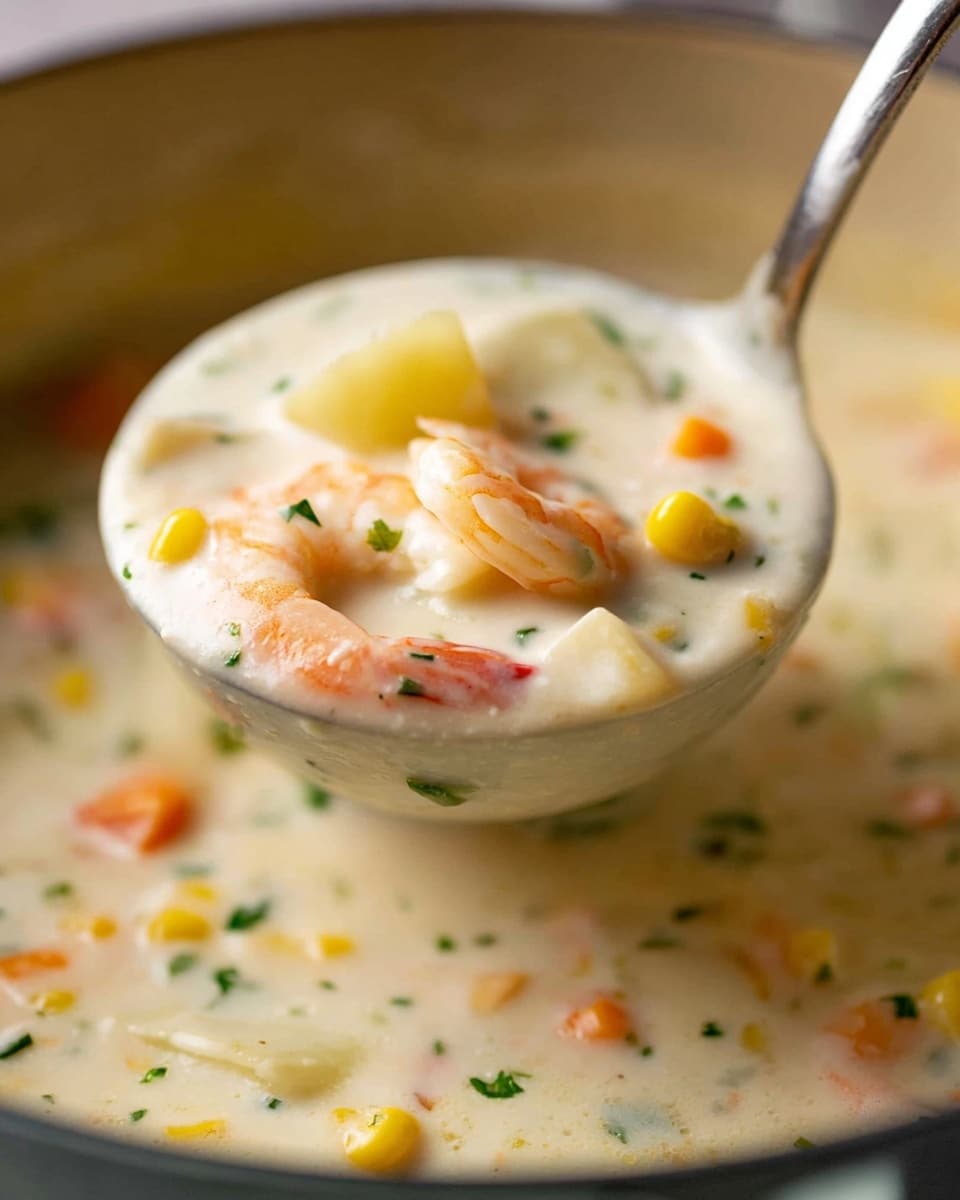
Garnishes
I always reach for finely chopped fresh chives or flat-leaf parsley to sprinkle on top—those little green flecks brighten up the creamy chowder and add a fresh herbal note. Sometimes, a light dusting of white pepper finishes it off nicely, especially if you want a bit of subtle heat without overpowering the seafood.
Side Dishes
Crusty bread is a must—whether a rustic sourdough or a toasted garlic bread, it’s perfect for soaking up every luscious spoonful. If you want something lighter on the side, a simple green salad with a zesty lemon vinaigrette complements the chowder’s richness beautifully.
Creative Ways to Present
I’ve served this chowder in hollowed-out sourdough bread bowls for casual dinner parties—guests love the rustic vibe and edible bowl! Another fun idea is topping each bowl with a crispy bacon crumble and a drizzle of herb oil for a gourmet touch that tastes fancy but is easy to pull off.
Make Ahead and Storage
Storing Leftovers
I cool the leftover chowder to room temperature, then transfer it to an airtight container and refrigerate. It keeps well for about 2 days, but I find seafood tastes best when eaten fresh, so I try to plan accordingly. When storing, keep the bread separate to avoid sogginess.
Freezing
Freezing seafood chowder can be a bit tricky because cream can separate, but if you want to freeze it, do so before adding the seafood. Freeze the base in portions and add fresh seafood when reheating for best results. I’ve learned this preserves texture and flavor much better than freezing everything together.
Reheating
Reheat gently over low to medium heat on the stove, stirring frequently to prevent scorching. Avoid microwaving if possible, as it can heat unevenly. If the chowder looks a bit thick after refrigeration, stir in a splash of stock or cream to bring back that silky consistency.
FAQs
-
Can I make this Seafood Chowder Recipe without wine?
Absolutely! The white wine adds depth and acidity, but you can simply skip it and deglaze the pan with a little extra stock instead. The chowder will still be flavorful and delicious.
-
What’s the best way to avoid rubbery seafood?
Adding cooked and raw seafood at different times is key. Simmer raw seafood just until it flakes, usually about 3 minutes. Overcooking seafood is the most common cause of rubbery texture, so keep an eye on it during the last step.
-
Can I use canned seafood for this chowder?
Canned seafood tends to be too delicate and sometimes too salty for chowder. I recommend using fresh or frozen seafood whenever possible for the best texture and flavor. However, if you must, add canned seafood only at the very end to warm through gently.
-
Is there a gluten-free option for thickening the chowder?
Yes! Substitute the plain flour in the roux with a gluten-free all-purpose flour blend or cornstarch slurry. Just be sure to stir well to avoid lumps and adjust thickening time as needed.
-
How do I make the chowder less rich?
You can reduce the richness by replacing the thickened cream with whole milk or half-and-half. Just keep in mind that this will make the chowder thinner and less creamy, but it will still be flavorful.
Final Thoughts
This Seafood Chowder Recipe has become such a comforting staple in my kitchen—every time I make it, it brings back cozy memories and fills the house with the most inviting aroma. Whether you’re feeding your family or looking for an easy, elegant dinner to share, this chowder won’t disappoint. Give it a try—you’ll enjoy the delightful blend of flavors, the warmth it brings, and the simple joy of homemade comfort food.
Print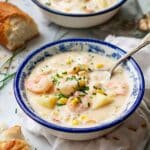
Seafood Chowder Recipe
- Prep Time: 20 minutes
- Cook Time: 20 minutes
- Total Time: 40 minutes
- Yield: 4 servings
- Category: Soup
- Method: Stovetop
- Cuisine: Western
Description
This hearty and flavorful Seafood Chowder combines a medley of fresh fish, squid, prawns, and mussels in a creamy, rich broth thickened with a classic roux. Bacon and garlic add smoky depth, while carrots, potatoes, and corn provide texture and sweetness. Finished with a splash of white wine and fish sauce for umami, this chowder is perfect served with crusty or garlic bread for a comforting meal.
Ingredients
Seafood
- 650g (1.3 lb) seafood marinara mix or mixed fresh seafood – fish, squid, prawns, cooked mussel meat
- Note: Separate cooked seafood (usually mussels, sometimes prawns/shrimp) from raw seafood; cut any large pieces of fish into 2.5cm (1″) cubes
Base
- 50g (3 tbsp) unsalted butter
- 100g (4 oz) streaky bacon, chopped into 1.5cm (1/2″) squares
- 2 cloves garlic, finely minced
- 1/2 cup dry white wine (chardonnay or similar; optional)
- 1/3 cup plain/all-purpose flour (use gluten-free substitute if needed)
- 1 litre (4 cups) chicken stock or homemade fish stock, low sodium
Vegetables & Cream
- 2 medium carrots, peeled and cut into 7mm (1/3″) pieces (~1 1/2 cups)
- 2 large potatoes (any type), peeled and cut into 1cm (0.4″) cubes (~2 1/2 cups)
- 1 cup thickened cream/heavy cream (milk can be substituted for lighter option)
- 1 cup corn (frozen or canned, drained)
Seasoning
- 2 tsp fish sauce
- Pinch white pepper (black pepper as substitute)
Serving
- 3 tbsp chives or parsley, finely chopped, for garnish
- Crusty bread or garlic bread for serving
Instructions
- Prepare Seafood: Separate the cooked seafood (typically mussels, sometimes prawns/shrimp) from the raw seafood. Cut any large fish pieces into 2.5cm (1″) cubes for even cooking.
- Cook Bacon: In a heavy-based pot, melt the butter over medium heat. Add the chopped streaky bacon and cook for 3-4 minutes until the edges turn light golden. Remove the bacon with a slotted spoon and set aside, leaving the bacon fat in the pot.
- Sauté Garlic and Deglaze: Add the minced garlic to the pot and cook briefly for about 10 seconds, ensuring it does not brown. Pour in the white wine and simmer rapidly over high heat for 3 minutes, scraping up any browned bits from the pot’s base. The wine should mostly evaporate during this step.
- Make Roux: Reduce heat to medium and sprinkle in the flour. Stir continuously for 1 minute to form a roux, cooking off the raw flour taste without browning it.
- Add Stock: Gradually pour in about one cup of the stock while stirring constantly to dissolve the roux into a smooth paste. Then add the remaining stock slowly, whisking to remove lumps, creating a silky base for the chowder.
- Simmer Vegetables and Bacon: Bring the mixture to a boil over high heat, then add the diced carrots, potatoes, and cooked bacon. Reduce heat to medium and simmer for 10-12 minutes, until the carrots are just tender.
- Add Cream, Seasoning and Raw Seafood: Stir in the cream, fish sauce, white pepper, corn, and raw seafood pieces. Simmer gently for 3 minutes until the fish is opaque and flakes easily with a fork.
- Incorporate Cooked Seafood: Fold in the cooked seafood and gently warm through for a minute. Taste and adjust salt if needed.
- Serve: Ladle the hot chowder into bowls. Garnish with chopped chives or parsley and serve immediately with warm crusty or garlic bread for dipping.
Notes
- Use fresh seafood for best flavor; if using frozen, thaw completely and drain well.
- Wine is optional but adds richness; substitute with additional stock or water if preferred.
- For gluten-free, substitute all-purpose flour with a gluten-free flour blend for roux.
- Adjust fish sauce and salt cautiously; fish sauce is salty and adds umami depth.
- Leftover chowder can be refrigerated for up to 2 days and reheated gently on the stovetop.
Nutrition
- Serving Size: 1 bowl (approximately 400g)
- Calories: 420 kcal
- Sugar: 7 g
- Sodium: 600 mg
- Fat: 25 g
- Saturated Fat: 15 g
- Unsaturated Fat: 8 g
- Trans Fat: 0.2 g
- Carbohydrates: 25 g
- Fiber: 3 g
- Protein: 25 g
- Cholesterol: 110 mg

